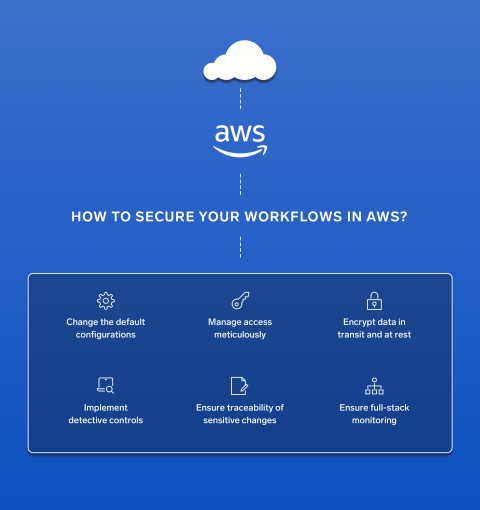Are Your Employees Watching Netflix at Work?
Workplace productivity is directly related to company profitability. Employers are seeking more and more ways to cut waste – including wasteful activities that eat into productivity. Many companies would immediately agree that playing video games, spending excessive time on social media and streaming videos are blatant violations of workplace acceptable use policies.










